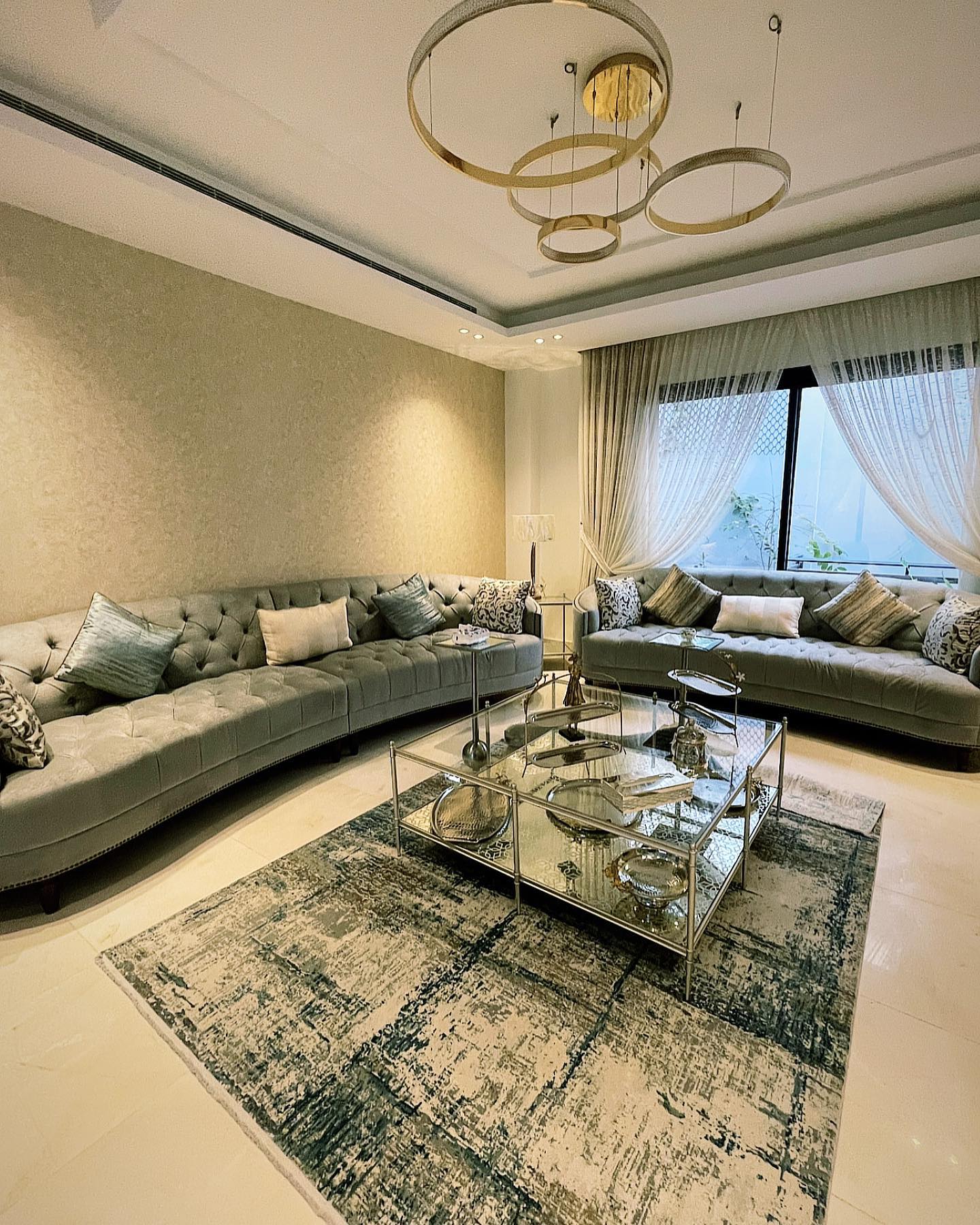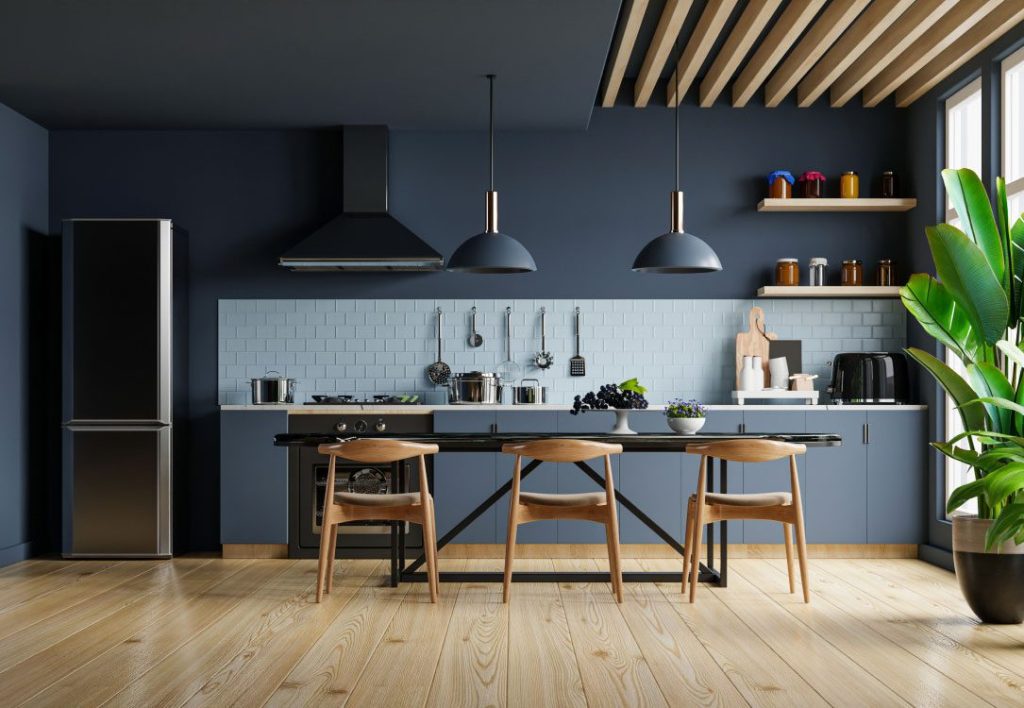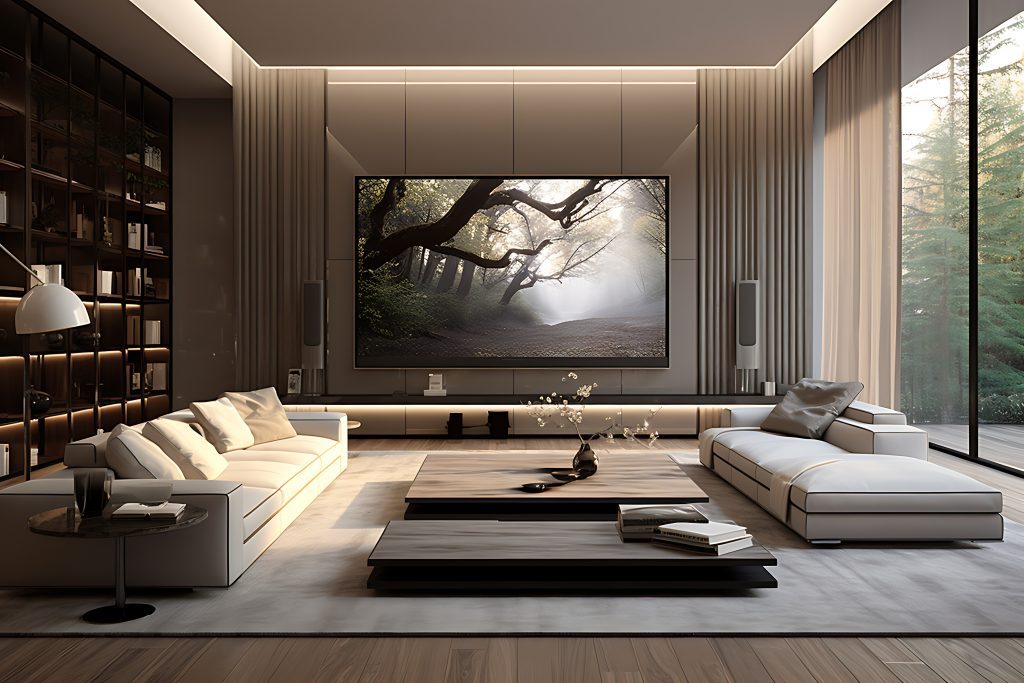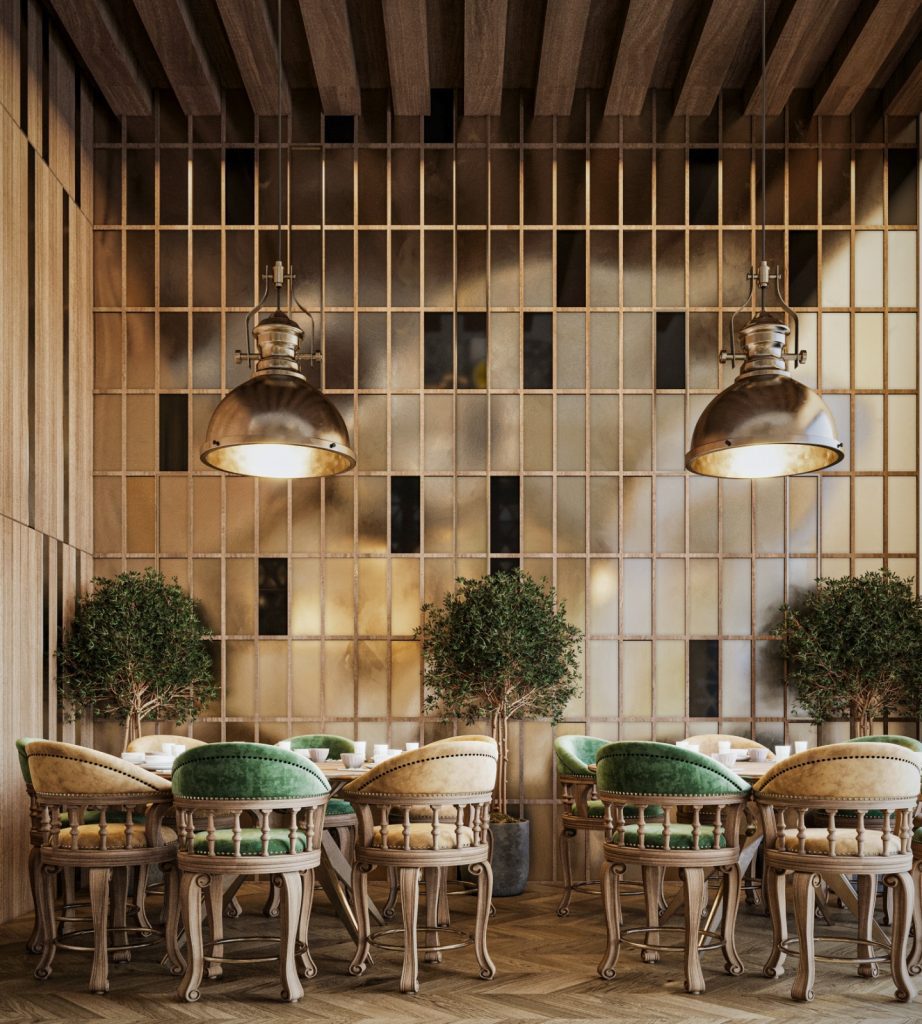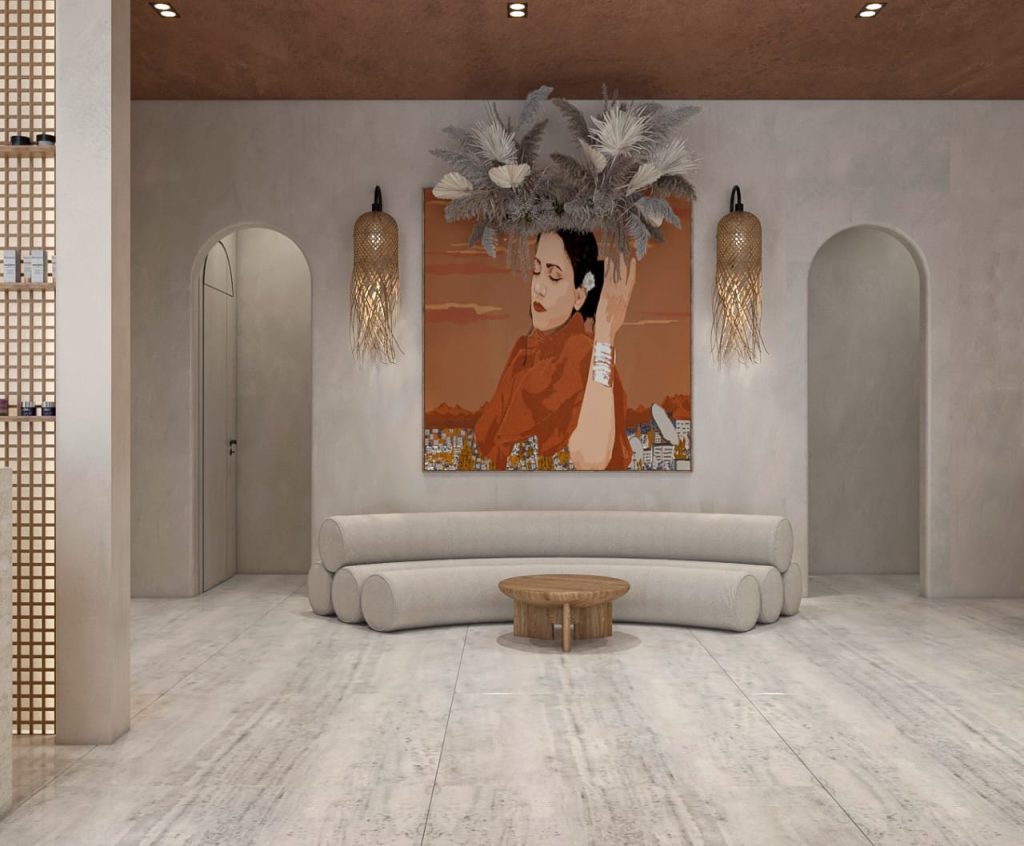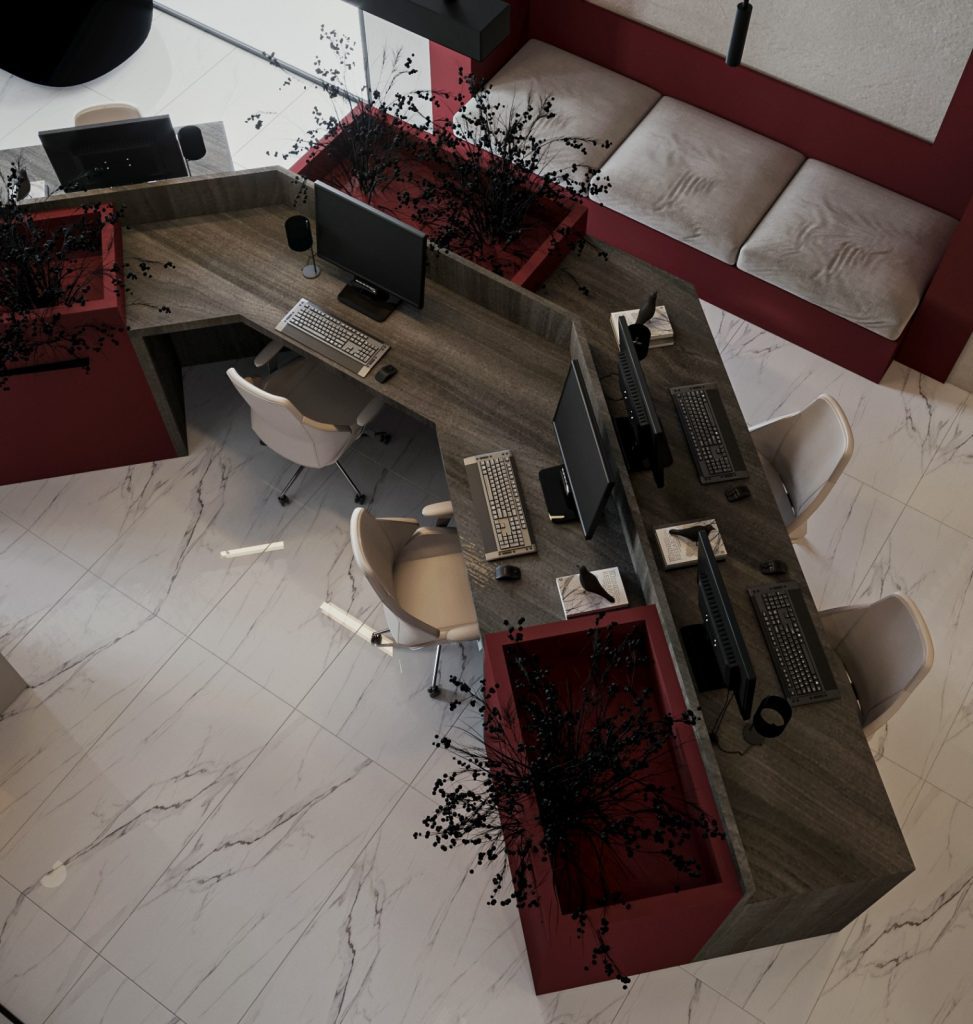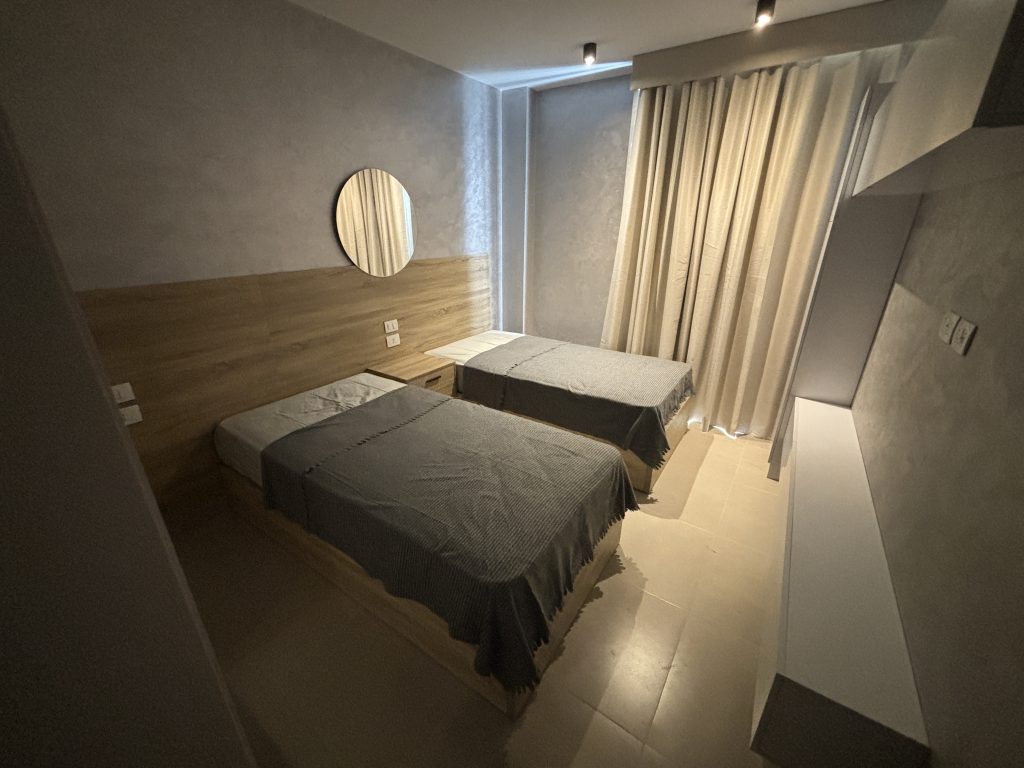Accent walls are a powerful tool in interior design, capable of transforming a space with just a pop of color or texture. Marwa El Massry, a seasoned interior designer, shares her insights on how to effectively use accent walls to elevate your home’s décor. Whether you’re looking to add depth to a room or create a focal point, these tips will guide you through the process.
Choosing the Right Wall
Tips for Selecting the Ideal Wall
Selecting the right wall for your accent is crucial. Typically, the best wall is one that naturally draws attention, such as the wall behind a bed in the bedroom or the wall behind the sofa in the living room. Marwa suggests considering the room’s layout and existing focal points to make an informed decision.
Factors to Consider
Consider the size of the room and existing décor. In smaller rooms, an accent wall can add depth and make the space feel larger. In larger rooms, it can help to create a more intimate atmosphere. Ensure that the chosen wall is free from windows and doors to maintain the visual impact.
Color Selection
Choosing the Right Color
Color plays a significant role in the impact of an accent wall. Bold colors like deep blues, rich greens, and vibrant reds can add drama and sophistication. Marwa recommends choosing a color that complements the overall color scheme of the room while still standing out.
Impact of Different Colors
Each color has its own psychological impact. For instance, blue can evoke a sense of calm and tranquility, while red can stimulate energy and passion. Understanding these effects can help you choose a color that aligns with the mood you want to create.
Materials and Textures
Using Various Materials
Accent walls aren’t limited to paint. Materials like wallpaper, wood, and stone can add texture and dimension to your space. Marwa often uses textured wallpapers or reclaimed wood panels to add a tactile element to her designs.
Benefits and Considerations
Each material has its own benefits. Paint is the most versatile and cost-effective option, while wallpaper can add intricate patterns. Wood brings warmth and natural beauty, and stone offers a luxurious, timeless look. Consider the room’s function and your personal style when choosing a material.
Creative Ideas for Accent Walls
Innovative Design Ideas
Get creative with your accent walls. Consider using geometric patterns, stenciled designs, or a gallery wall of artwork and photos. Marwa’s portfolio features a variety of styles, from minimalist single-color walls to intricate, multi-textured designs.
Examples from Marwa’s Portfolio
In one project, Marwa used a vibrant teal paint for the accent wall in a dining room, complemented by gold-framed mirrors and sconces. In another, she used a reclaimed wood panel wall in a living room, adding warmth and a rustic charm.
Practical Tips for DIY Accent Walls
Step-by-Step Guide
Creating your own accent wall can be a fun DIY project. Start by preparing the wall—cleaning and priming it if you’re painting or applying wallpaper. Measure and mark your design, and take your time to apply the materials carefully.
Tools and Materials Needed
You’ll need basic tools like a tape measure, level, painter’s tape, brushes or rollers for paint, or a wallpaper smoother for wallpaper. Marwa advises investing in good quality materials for the best results.
Common Pitfalls to Avoid
Avoid choosing a wall with too many interruptions like windows or doors. Be mindful of how the accent wall fits with the overall décor—ensure it complements rather than clashes. Finally, don’t rush the process—take your time to ensure a professional finish.
Conclusion
Accent walls can dramatically transform your space with minimal effort. By choosing the right wall, color, and materials, you can create a stunning focal point in any room. Take inspiration from Marwa El Massry’s expert tips and start your accent wall project today.

